
What lead can I use to stop my dog pulling?
Walking a dog should be a wonderful time shared between the owner and the beloved pet. However, when the dog suddenly exerts force and drags the leash wildly, the comfort is instantly replaced by tension.
During the warm moments we spend with our dogs, we may inevitably encounter small setbacks like this - when you eagerly give a command, the dog seems to ignore it and goes about playing or daydreaming on its own. This not only confuses the owner but also sometimes brings a sense of helplessness. There are actually complex and diverse reasons why a dog doesn't follow commands, and to solve this problem, we need to deeply understand their inner world and use scientific and loving methods.
A dog may not follow commands because it is unwell. Just as humans become listless and inattentive when they are sick, dogs are the same. When they are troubled by illness, they may ignore the owner's calls. For example, toothache can make a dog suffer even when eating, let alone focus on following commands; joint pain caused by arthritis can slow down a dog's movements and make its response to the owner's commands dull. Therefore, when a dog suddenly starts frequently ignoring commands, taking it to a professional pet hospital for a comprehensive physical examination should be the top priority. Professional veterinarians can accurately determine whether the dog has health problems through careful examinations and provide targeted treatment plans. Only when the dog is in good health is it likely to respond positively to the owner's commands.
A dog's behavior is greatly influenced by the surrounding environment. If the environment is too noisy or there are too many novel things attracting its attention, it will be difficult for the dog to focus on the owner's commands. For instance, in a bustling park, there are running people, flying butterflies, and the barking of other dogs everywhere. All these can make the dog excited and immersed in the joy of exploring the surrounding world, thus turning a deaf ear to the owner's commands. In this case, the owner can first take the dog to a relatively quiet environment with fewer distractions to help it concentrate. Then, try to give simple commands. When the dog responds correctly, reward it in a timely manner, so that it gradually understands that it should obey the owner in different environments.
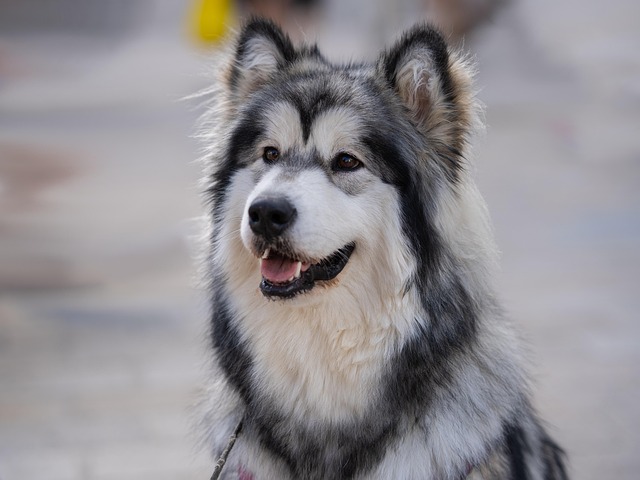 Improper training methods are also a common cause of a dog not following commands. Some owners may be too impatient when training their dogs and not give them enough time to understand and adapt to the commands. For example, just after teaching the dog the "sit" action, they expect it to execute it accurately every time in a short period. Once the dog fails to do so, they scold it loudly. Such an approach not only makes the dog feel nervous and scared but also makes it resistant to training. The correct training method should be gradual and patient guidance. Start with simple commands such as "sit" and "come here", teach only one action at a time, and give the dog sufficient time to learn and practice. When the dog exhibits the correct behavior, immediately reward it with its favorite snacks and praise it in a gentle and encouraging tone, so that the dog understands that this is the right thing to do and will be loved and rewarded by the owner.
Improper training methods are also a common cause of a dog not following commands. Some owners may be too impatient when training their dogs and not give them enough time to understand and adapt to the commands. For example, just after teaching the dog the "sit" action, they expect it to execute it accurately every time in a short period. Once the dog fails to do so, they scold it loudly. Such an approach not only makes the dog feel nervous and scared but also makes it resistant to training. The correct training method should be gradual and patient guidance. Start with simple commands such as "sit" and "come here", teach only one action at a time, and give the dog sufficient time to learn and practice. When the dog exhibits the correct behavior, immediately reward it with its favorite snacks and praise it in a gentle and encouraging tone, so that the dog understands that this is the right thing to do and will be loved and rewarded by the owner.
Establishing a good relationship between the owner and the dog is crucial for the dog to follow commands. Dogs are very emotional animals and they need to feel the owner's love and respect. If the owner is usually too strict with the dog and always scolds it loudly, the dog will develop a fear of the owner and become cautious when executing commands, or even be too afraid to follow them. On the contrary, if the owner often accompanies the dog to play, gives it enough strokes and love, the dog will trust the owner more and be willing to follow the owner's commands. Set aside some time every day to play with the dog using its favorite toys, such as throwing a frisbee or playing with a ball. Incorporate command training appropriately during the play, allowing the dog to learn while having fun.
When correcting the problem of a dog not following commands, the principle of consistency is very important. Family members should be consistent in their training requirements and commands for the dog. If one person allows the dog to get on the bed while another strictly forbids it, the dog will be confused and not know what to do. Therefore, in the family, all members should clarify unified rules and train the dog according to the same standards. Whether it is the way of giving commands or the measures of rewards and punishments, they should be consistent, so that the dog can clearly understand the owner's intentions and develop good behavior habits.
A dog not following commands is not an insoluble problem. As long as we take the time to understand their needs, use scientific methods to train them, and accompany them with full love, we will surely be able to make the dog more obedient and well - behaved, and build a deeper and more harmonious relationship with us. Let's cherish every moment spent with our dogs and create more wonderful memories together.

Walking a dog should be a wonderful time shared between the owner and the beloved pet. However, when the dog suddenly exerts force and drags the leash wildly, the comfort is instantly replaced by tension.
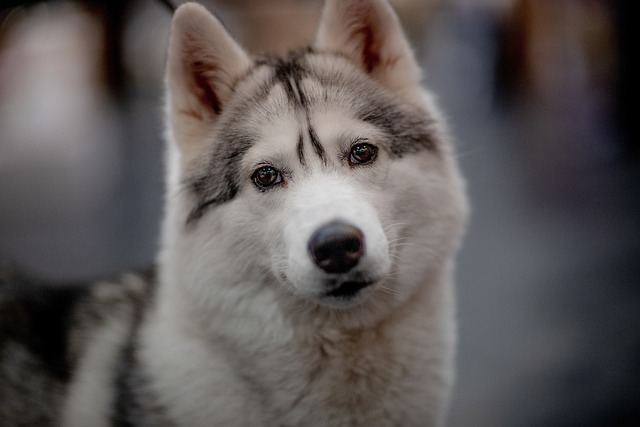
When the fluffy little puppy comes to our home, its innocent and lovely appearance instantly captures our hearts.
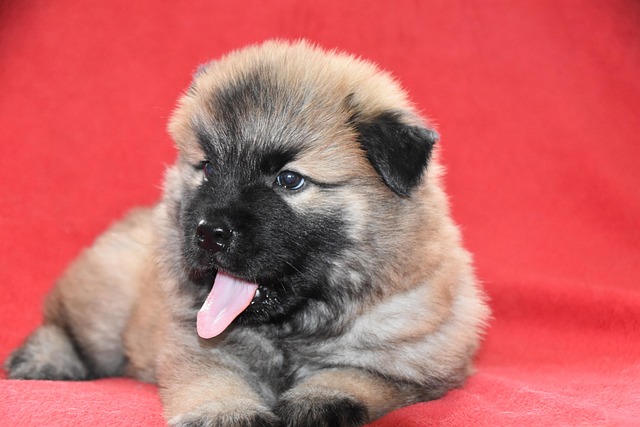
In the late night, when the whole world is immersed in tranquility, the dog at home suddenly starts barking incessantly. The sharp barking breaks through the silence,
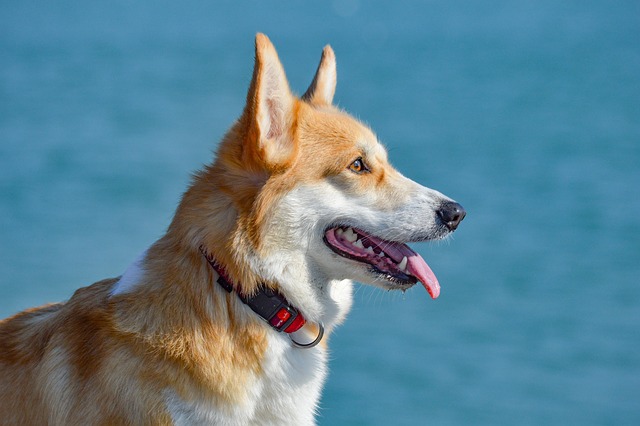
In the quiet afternoon or in the dead of night, the Siberian Husky at home suddenly starts barking loudly without any warning,
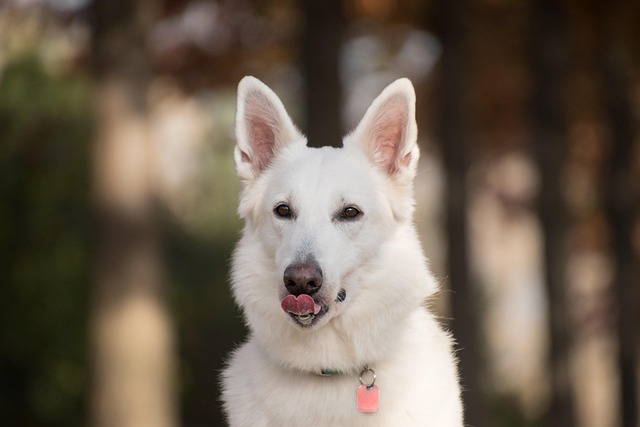
When the Irish setter walks with an elegant pace, its reddish-brown hair shines in the sun, and its lively eyes are full of curiosity and enthusiasm, anyone will be attracted by this unique charm.
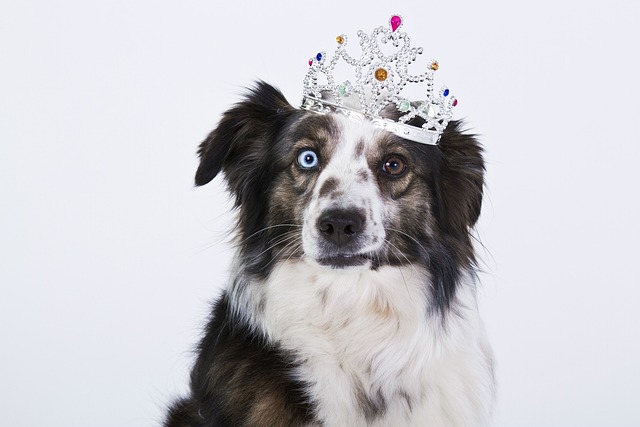
When the furry little life stumbles into our lives, the soft and sticky cry and wagging tail instantly melt the hearts of countless dog owners. However, behind this sweet companionship, puppy potty training is like a mountain in front of them.